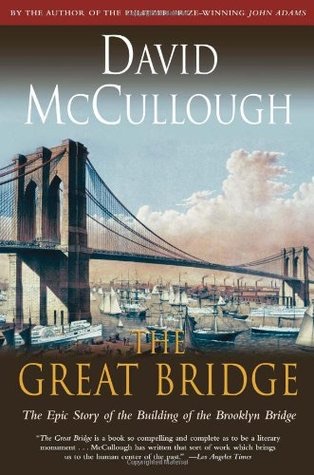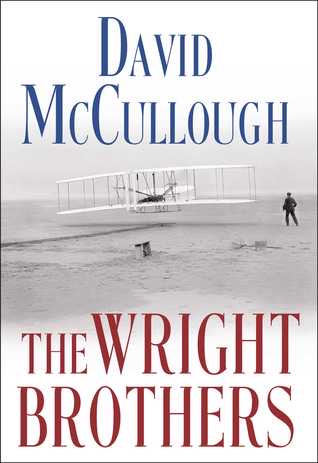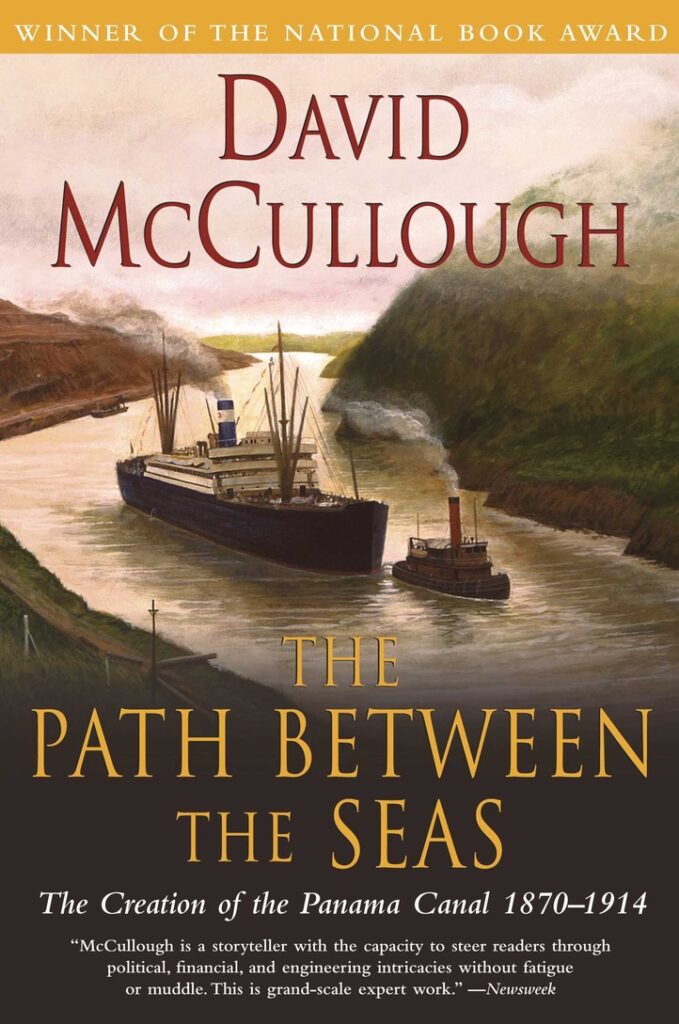McCullough, David, The Path between the Seas – The creation of the Panama Canal 1870-1914, 1977, Simon & Schuster (NY, Londen, Toronto, Sydney) ISBN 978 0 671 24409 5
4.5 stars

The Path between the Seas is a fascinating story told by the North American writer-historian David McCullough.
Previously I read two other titles by the same author. Also marvelous stories. One about the Wright Brothers. The other about the construction of the Great Bridge. That is, the Brooklyn Bridge in New York.
This last book, I liked the most so far. But McCullough ’s The Path between the Seas I enjoyed tremendously as well. They actually stand together on my bookshelf.
- McCullough’s work mainly concerns US History, but I foremost consider the construction of the Panama Canal belonging to World History. For that reason I reviewed it in my Book section on Exploration, Travel & Science.
- For a total overview of the books I read & prefer, go to the following link on Goodreads.
Mayor modern day constructions
As with the book about the Brooklyn Bridge, the central theme in McCullough ’s The Path between the Seas is the realization of a world famous engineering project. This time not a connection between Brooklyn & Manhattan, but a shipping canal through the Central part of America. The Panama Canal.
An old wish that was born quickly after the Spanish “discovered”, conquered & colonized the Americas. A fast route from the Atlantic Ocean to the Pacific and vice versa. Mainly to get the South American riches to Spain asap (as well as European products to Peru & Chili). This way avoiding a long trip around the dangerous Cape Horn.
Although the Spaniards soon laid several east-west mule tracks through the smallest parts of Mexico and Central America, they never formed ideal routs to transport gold, silver, & other riches, nor merchandise.
The French started the canal…
After successfully finishing the Suez Canal the French in 1869 set their mind to engineering a similar shipping route through the central part of the Americas.
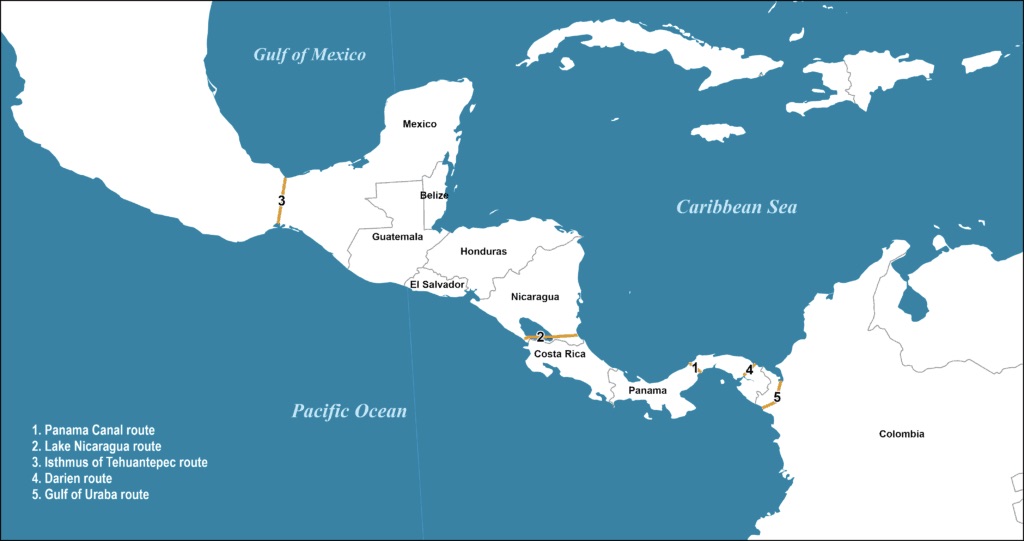
As you can see in the map above, several options for a canal were considered. The most serious ones were located in Nicaragua (2) & Panama (1).
For a long time, Nicaragua was the preferred option for a canal. The shipping route would be almost three times longer then the one in Panama, but Nicaragua harbored some advantages. Suitable geographical features that would considerably shorten the actual canal to build. Besides some bigger rivers, an enormous central lake, Lake Nicaragua.
Panama woud obviously require a shorter canal, but the terrain was less inviting. Mountainous terrain through rainforest. A harsh tropical climate & mortal diseases.
Panama over Nicaragua
In the end though the French chose Panama. The actual work began in January 1881. Led by the famous diplomat/developer Ferdinand de Lessep, who also was responsible for the Suez canal.
From the get go it was an impossible task. Not only the actual digging of the canal, but also the circumstances in which it had to be dug. Many people died. Of diseases, but also because of the work. Tropical rainstorms led to enormous landslides. Primarily in the most difficult tract along the canal route, the Culebra Cut.
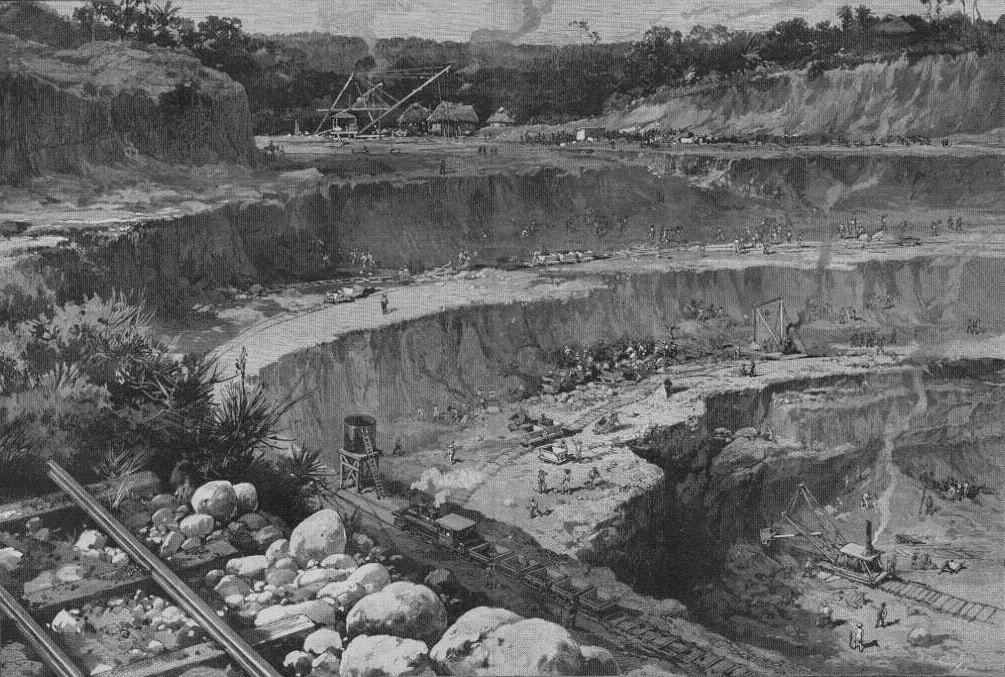
The French finally left in 1889, but if it wasn’t for De Lesseps they would have left the project much sooner.
… and the North Americans finished it
After the French left the site, the USA saw a chance to take over. Not that surprising for several reasons.
First of all the Monroe doctrine (1823) preached America for the Americans. And secondly, in the middle of the nineteenth century the North Americans had already constructed a railroad track through Panama. At that moment the fastest way to get from the East coast to the West coast. Or let’s say, from New York to San Francisco.
It took the US years though to start digging. Mainly because many politicians & businessmen at home were lobbying in favor of a Nicaragua canal.
In the end however the Panama option won. Again! Mainly because the French, after they had shamefully left Panama, were prepared to sell “their” resources for a low price. That is, their know-how, equipment & infrastructure
After that, it wasn’t hard for the Panama-lobby to convince the US Government to choose their favorite. A front row seat was occupied by President Theodore Roosevelt. He not only favored the shorter route, taking advantage of the French start up, but was even prepared to go to war over it.
Panama was part of Colombia
At the time Panama was still part of Colombia. To make the project more attractive for the Panamanian elite, the North Americans promised them independence. Their own country with Panama City as their capital, instead of faraway Bógota.
Of course, the Colombians – and many other countries – protested the US plan, but when Roosevelt sent over some warships there was nobody who dared stop them. The new country Panama was born and work at the canal could be resumed. A canal not only as a necessity for the USA, “but for all humankind”, said Roosevelt as a legitimation.
The French prepared the way
The US started digging in 1904 and finshed the canal ten years later. Coincidentally just before the start of the Great War, the First World War (1914-1918).
You could say, the USA succeeded where the French had failed. However, I think it’s legitimate to ask ourselves if they would have succeeded without the French experience. Not only construction wise, but also thinking about other challenges. Like the sanitary problems, the tropical and often mortal diseases. Or the challenge to find the right people to do the job. At the highest level, but also on the ground.
McCullough in The Path between the Seas deservedly gives the French the honor to have paved the way in many ways. Lessons the US could take in consideration, instead of “inventing the wheels” anew.
Besides that, in between the moment the French left and the North Americans took over, considerable changes had taken place in engineering, equipment, machinerie and others. A process that had started with the French in Suez & Panama, but which the US Engineers pushed to greater heights than ever before.
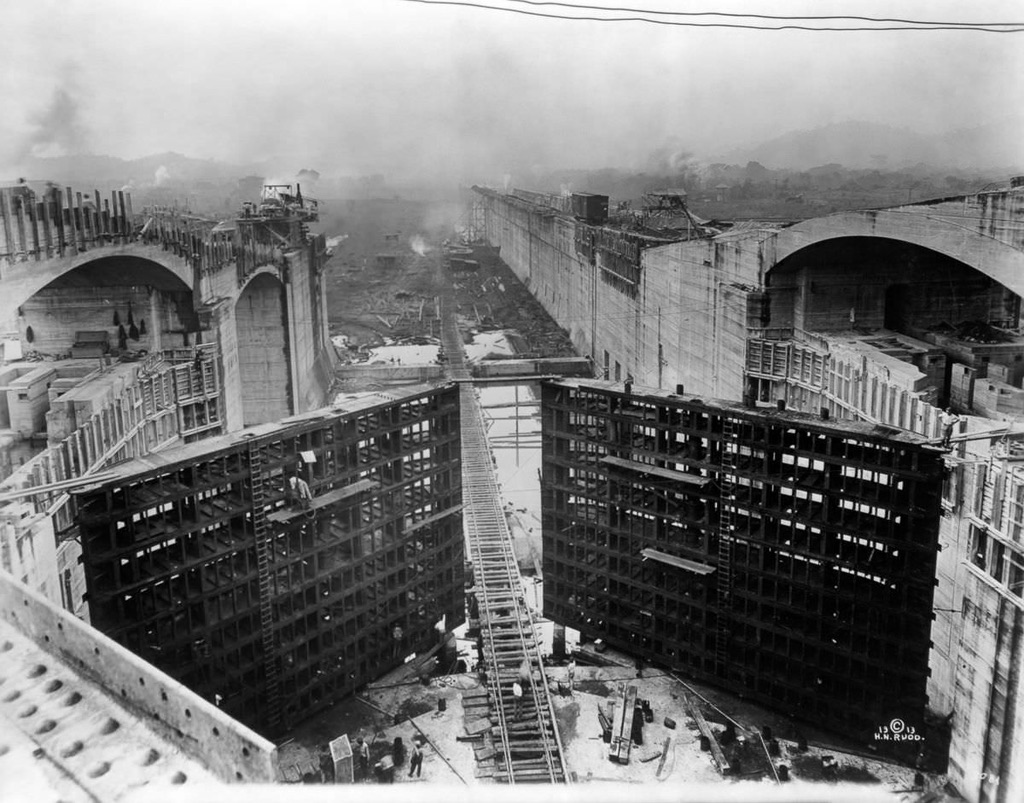
The Path to Modern Days
The Panama Canal is one of the biggest engineering marvels in the World. As was the Suez Canal, the Brooklyn Bridge, the Eiffel Tower, the Railroad system in USA & elsewhere. All constructed in the second half of the ninetieth century & the beginning of the twentieth.
McCullough’ s Path between the Seas is a fascinating work. Describing the construction of the Panama canal from start to finish. Not only the actual shaping of the canal, but also the whole process of getting the construction going politically & financially. As well as all the people involved. The white management & the majority of black workers, who in majority came over from the West Indies.
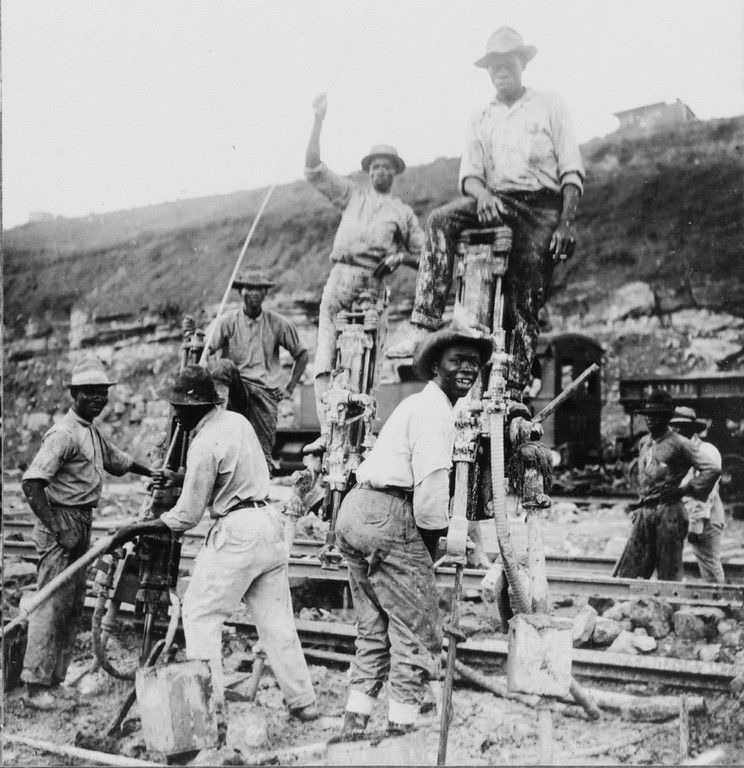
As stated, The Path between the Seas was my third read by David McCullough and it still tastes like more:


